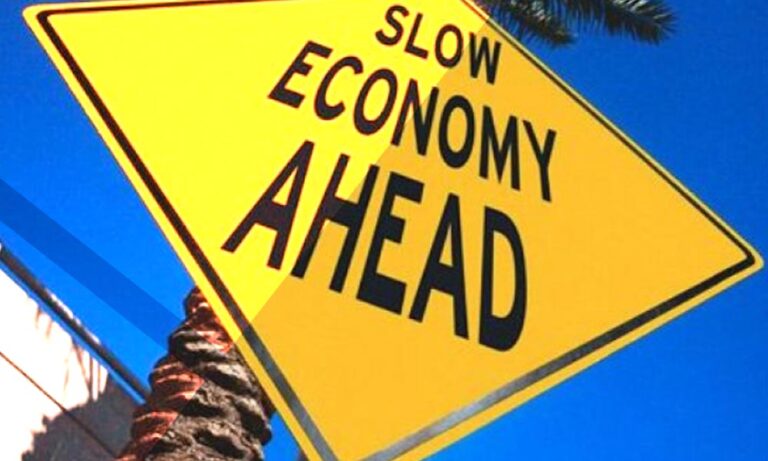According to the latest GDP data released by the U.S. Department of Commerce, there are growing concerns as the economy appears to be slowing down. The figures indicate a decline in economic growth, raising questions about the stability of the nation’s financial outlook.
The data reveals that the U.S. GDP growth rate for the last quarter was a meagre 1.8 percent, significantly lower than the previous quarter’s robust 3.2 percent. This unexpected dip has alarmed economists and policymakers, who were anticipating a more steady expansion. It marks the slowest growth rate in the past two years, highlighting a potential weakening of the country’s economic momentum.
Several factors contribute to this deceleration. One major concern is the decline in consumer spending, a key driver of economic activity. Household expenditures, including retail sales and services, experienced a decline of 0.5 percent compared to the previous quarter. This reduction suggests that consumers are becoming more cautious with their spending, reflecting a loss of confidence in the economy’s future prospects.
Additionally, business investment growth has also shown signs of contraction. Corporate spending on equipment, software, and structures has declined by 1.2 percent, indicating a reluctance among businesses to make significant capital investments. This hesitancy could be attributed to uncertainties surrounding trade tensions, global economic conditions, and the potential impact of rising interest rates.
Moreover, the housing market, which has been a significant contributor to economic growth, has experienced a slump. Residential investment fell by 0.8 percent, marking the third consecutive quarter of decline. This downturn suggests a slowdown in the construction sector and a possible dampening of the real estate market.
The U.S. government’s response to the slowing economy remains to be seen. Some experts argue for policy measures aimed at boosting consumer and business confidence, such as tax incentives or interest rate cuts, to stimulate spending and investment. Others believe that a cautious approach is necessary to address the structural challenges and ensure long-term sustainable growth.
In conclusion, the most current data on the U.S. GDP show that the economy has significantly slowed down, as seen by weaker consumer spending, lower business investment, and a weak housing market. These indicators demand policymakers’ attention since they raise questions regarding the stability of the country’s economy. To revive economic development and boost confidence in the financial outlook, the government must thoroughly assess the situation and put the right plans in place.






